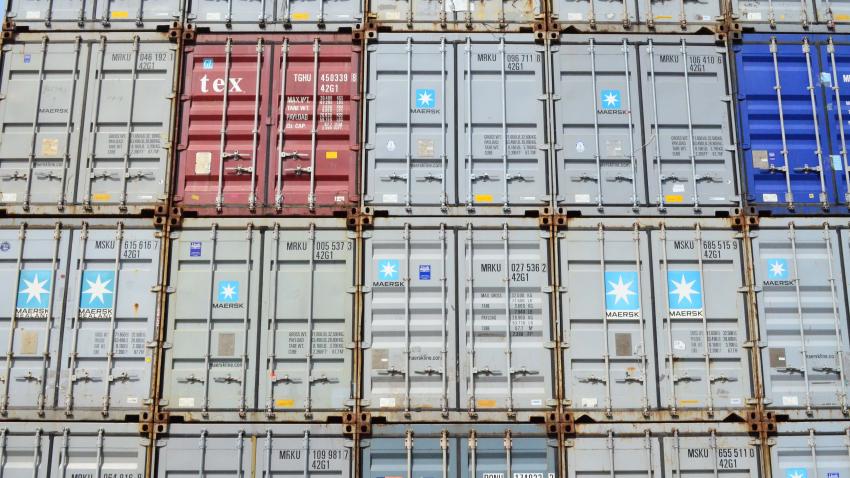You are here
Back to topLatest US-China Trade Tensions Will Impact US Produce Trade

A US soybean farmer. Soy is the biggest target of the new tariffs, but some producers of fruit and nuts will also feel the pain.
The Trump administration announced last Friday that it will enact tariffs on an estimated $50 billion worth of imports of Chinese products, as it had been threatening to do since March. And China promptly hit back with its own list of tariffs on $50 billion worth of US imports.
The Chinese retaliatory tariffs came in the form of a list of more than 500 US products that starting on July 6 will be subject to a 25% additional tariff.
Among the agricultural product-heavy list of US products now subject to an additional 25% Chinese tariff, there are quite a number of products that the US exports little or none of to China—and for which the tariffs will therefore have little or no effect. This round of tariffs also included a wide range of fresh and refrigerated vegetables, which, although a new addition compared to the previous round of products targeted by China for retaliatory tariff, is also a category the US exports very little of to China.
But there are a few highly consequential items. Probably the most important is soybeans, one of the United State's largest exports. Standing at $34.2 billion in 2016, China's imports soybeans from the US accounted for 40% of its total imports of $83.9 billion, according to Chinese customs data.
While the volumes are nowhere near as large, the US also exports hundreds of millions of dollars worth of fresh fruit, dried fruit and nuts to China each year. And certain suppliers of those products are likely to feel the pain of new tariffs.
Among fresh fruits subject to a 25% tariff are cherries, strawberries, apples and citrus (though it should be noted that this seasons' exports to China of US strawberries and cherries may in any case have not been going very well—partly due to a previous 15% retaliatory tariff already in place, and partly due to reports from industry sources to Produce Report that importers in China, nervous about ramped up Chinese inspections of US fresh fruit, decided not to buy these highly perishable fruits from the US this season).
According to the Northwest Horticultural Council, 35% of last year's Pacific Northwest sweet cherry crop was exported. China edged out Canada as the top export market, with 5.95 million pounds (2.7 million kg) of imports. China imported $44 million in fresh apples from the US in 2017.
A range of nuts including almonds, walnuts and pistachios are also on the list. China reported importing about $47 million worth of US almonds in 2016.
Furthermore, processers could feel the squeeze from higher tariffs on some other products announced by the Chinese authorities such as frozen orange juice and a host of dairy products.
The current trade tensions between the US and China are a result not only of the $50 billion in tariffs, mostly targeted at Chinese industrial and high-tech products, that the US announced last Friday, but also of tariffs on steel and aluminum that the Trump administration has levied against not only China, but also other countries, including some of the United States' closest allies like Canada.
Mexico recently placed tariff on a range of US products in response to the US metal tariffs, including a 20% tariff on US apples.
US president Donald Trump on Monday threatened to place a 10 percent tariff on an additional $200 billion of Chinese goods, raising the potential for more retaliatory tariffs from China against US produce.
Image: United Soybean Board














Add new comment